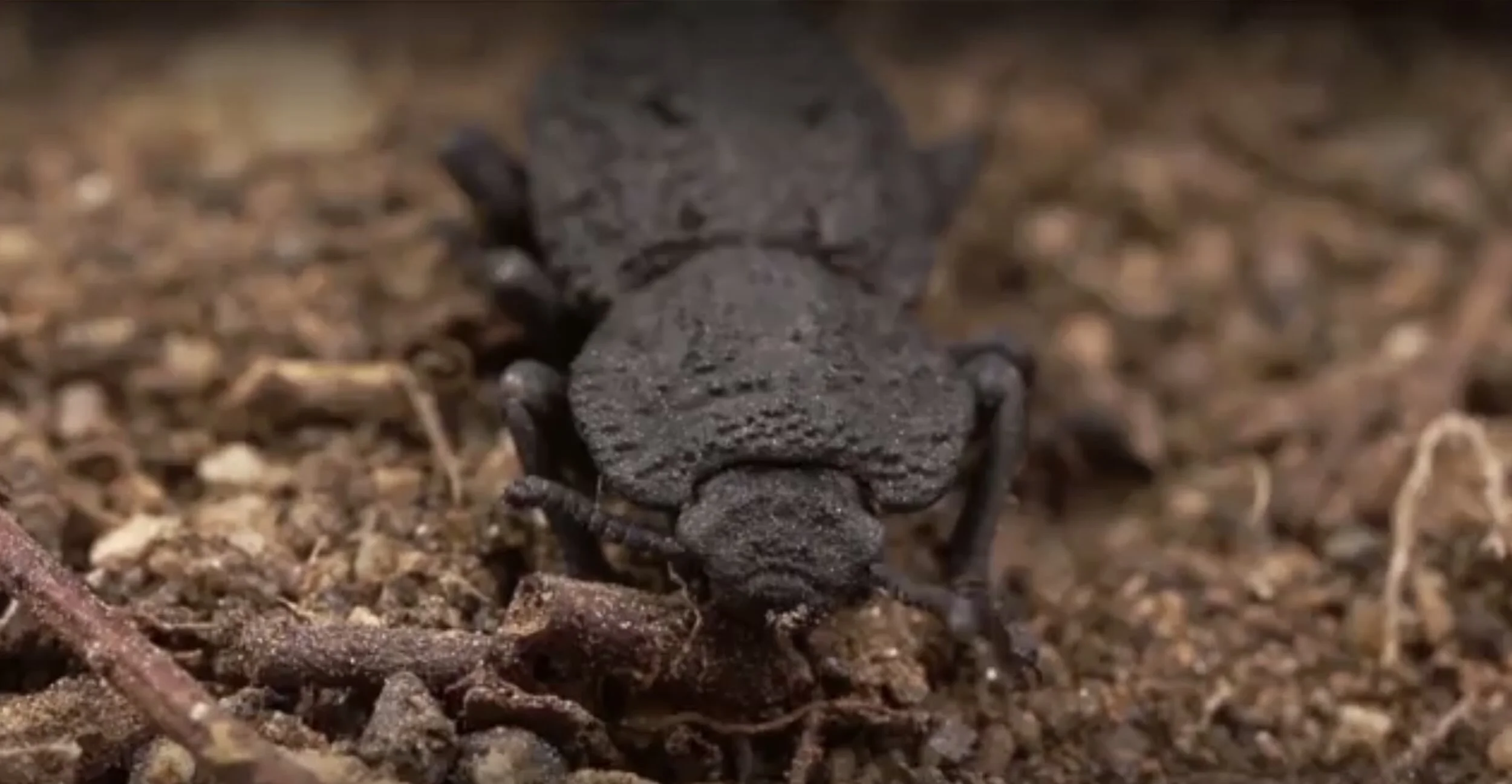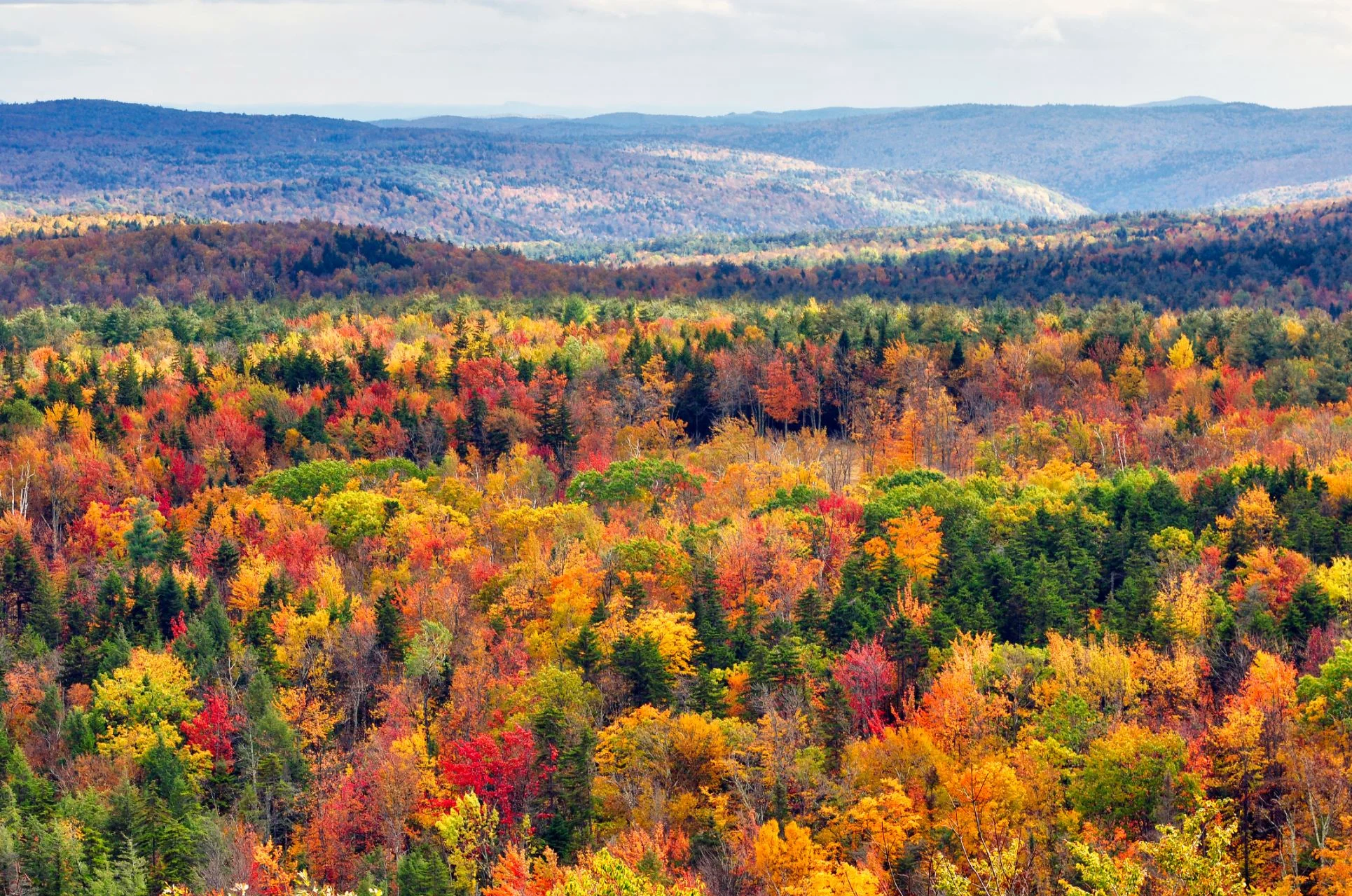Any comments, suggestions or just looking for a chat about this subject? Don't hesitate and leave a comment on our comment section down below the article!
How can vertical farming contribute to (inter) national food production? That question is more complex than it seems because the answer is not only dependent on production, but also on costs for water, energy and CO2. The Greenhouse Horticulture Business Unit of Wageningen University & Research is investigating the feasibility of this new production method together with TU Delft.
How much does it cost to produce a head of lettuce for example? The answer is fairly well known with regards to growing plants in greenhouses in the Netherlands. For example, there are greenhouse models and growth models that predict how high the production will be with a certain consumption of water, energy and CO2. But those models are not suitable for cultivation in a vertical farm. The reason for this is that due to the closed construction of a vertical farm a grower will have to deal differently with, for example, heat, cooling and dehumidification.
How much energy does a vertical farm use?
The key question when comparing both cultivation systems is: how much energy does a vertical farm need? The need for water and CO2 is many times lower than in a 'traditional' greenhouse, but that does not apply to cooling and dehumidifying the indoor climate. The high internal heat load and the absence of natural ventilation ensure a high need for cooling, and therefore a lot of residual heat.
Use residual heat in the city
The question is whether this residual heat could also be used in the urban environment. Because one of the big differences is that vertical farming can take place in the city, and therefore could exchange energy with other users. Those other users can be customers of the residual heat from the vertical farm.
Image Credit: U.S. Department of Agriculture via Flickr
Financial feasibility in five steps
WUR and TU Delft work in five steps to calculate the feasibility of vertical farms. The first step investigates what plants do with energy in a closed cultivation system. For the second step, energy demand is put in a central spot: how much energy does vertical farming need? Step three is about optimizing this energy consumption and step four is about integrating the farm into the city. Ultimately, this information is used in step five to calculate the financial feasibility. The investigation will be completed by the end of 2019.
The research is made possible thanks to Staay Food Group, Westland Infra and the Top Sector Horticulture & Propagation Materials (EU-2016-01) via EFRO Fieldlab Freshteq.
Source: Wageningen press release
If you enjoy our selection of content please consider following Universal-Sci on social media:










